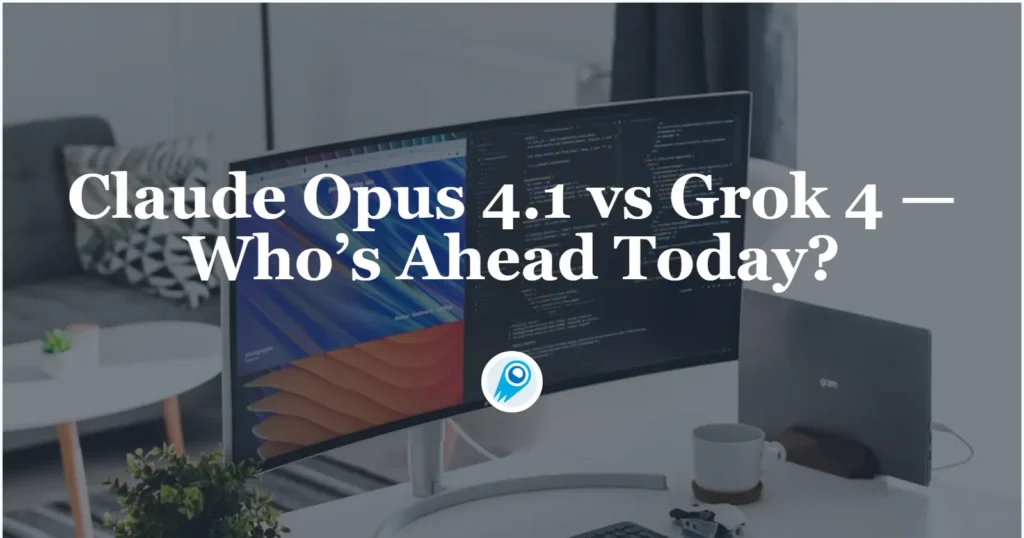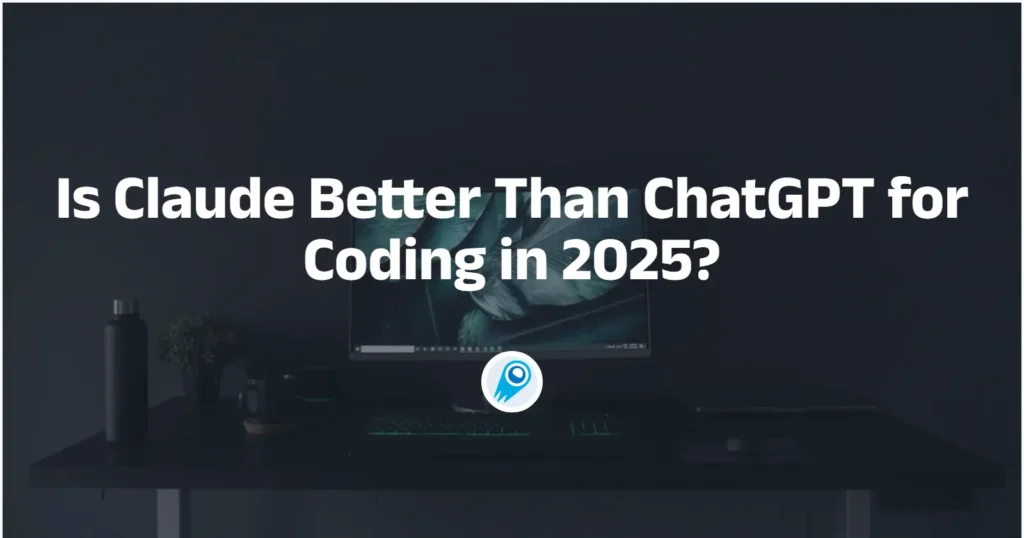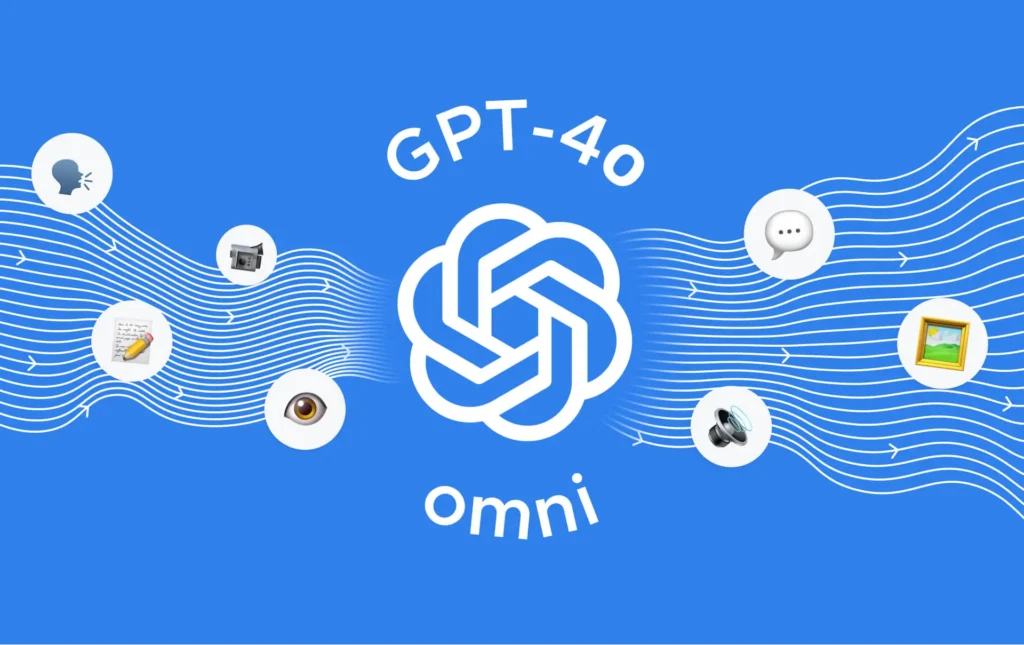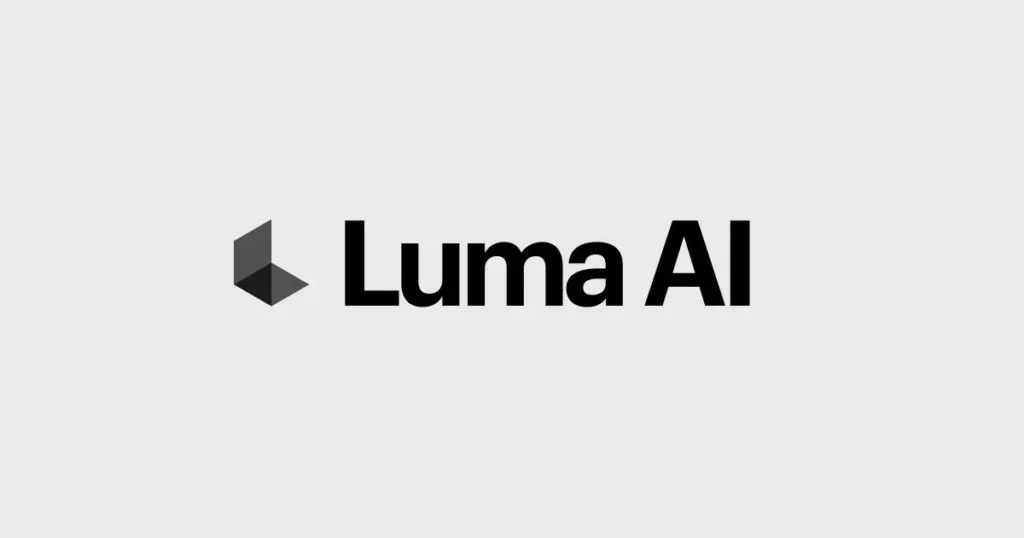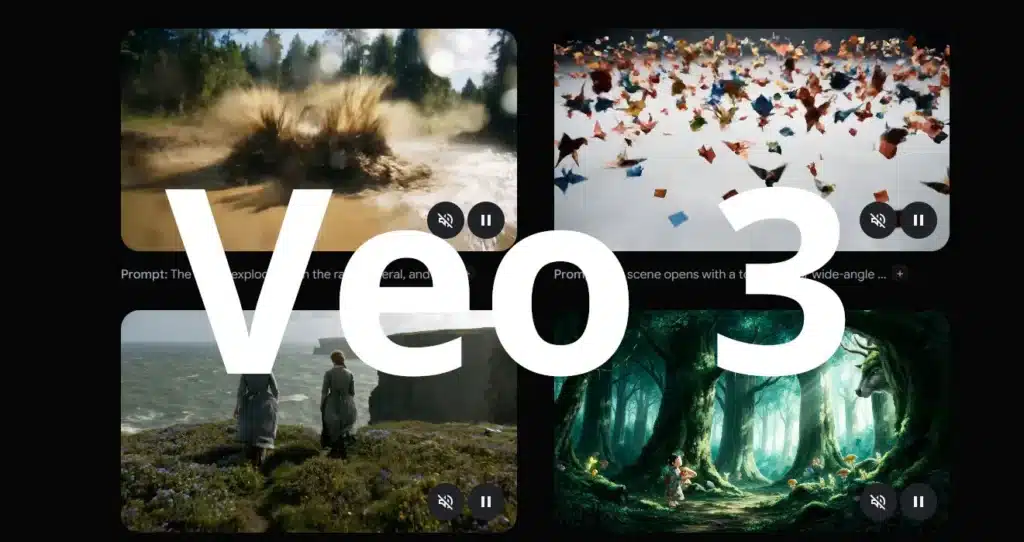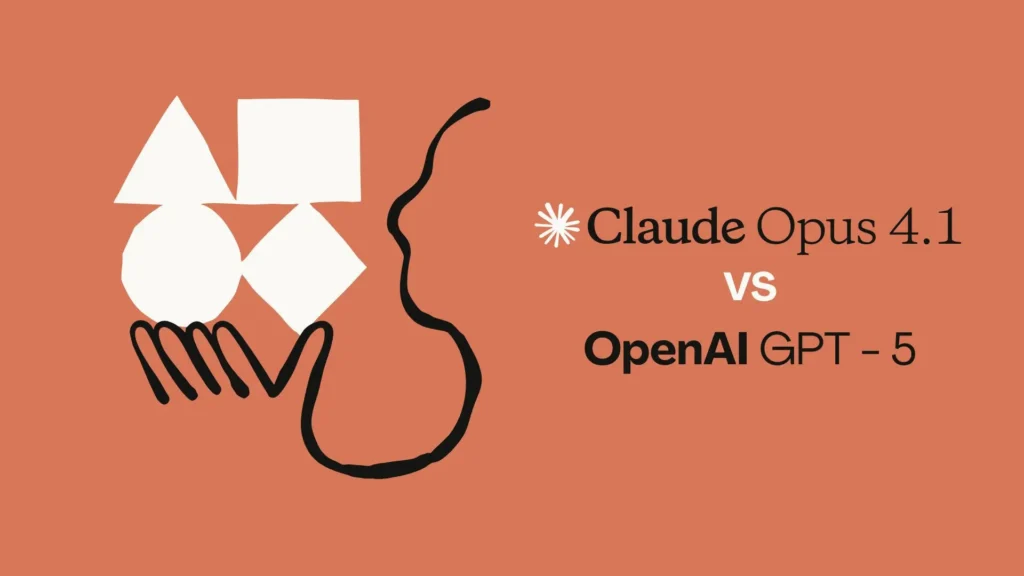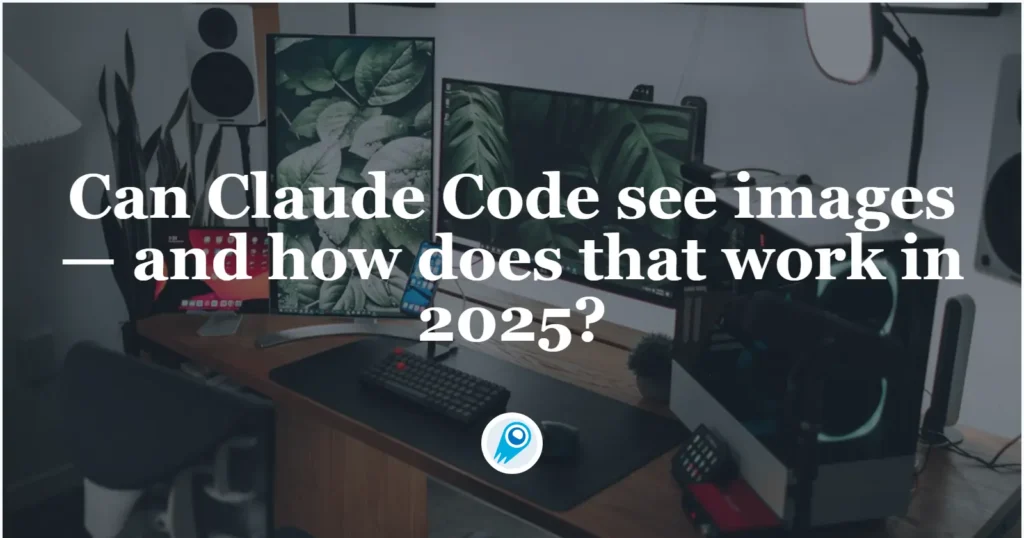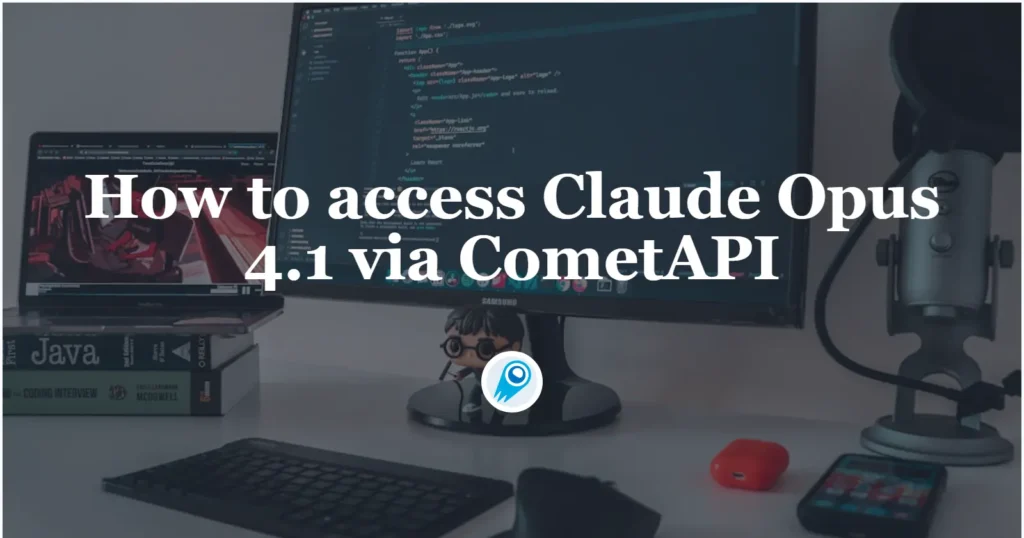In early August 2025 Anthropic shipped Claude Opus 4.1, a focused upgrade aimed at real-world coding, agentic workflows, and multi-step reasoning; at roughly the same time xAI’s Grok 4 has been promoted as a real-time, tool-native challenger with strengths in web-connected reasoning and multimodal work. Both models are being positioned for enterprise use (APIs, cloud […]
Is Claude Better Than ChatGPT for Coding in 2025?
The rapid evolution of AI language models has transformed coding from a manual, time-intensive process into a collaborative endeavor with intelligent assistants. As of August 14, 2025, two frontrunners dominate the conversation: Anthropic’s Claude series and OpenAI’s ChatGPT powered by GPT models. Developers, researchers, and hobbyists alike are asking: Is Claude truly superior to ChatGPT […]
How Much does Claude Code Cost? A Guide for Developers and Teams
Anthropic’s Claude Code is one of the more prominent AI coding assistants in 2025: a productized experience for developers that pairs Anthropic’s Claude models (Sonnet and Opus families) with terminal and IDE integrations, subscription plans, and a pay-as-you-go API. But “how much does it cost?” isn’t a single number — it depends on whether you […]
How to switch back to GPT-4o if you hate ChatGPT-5
GPT-4o is OpenAI’s high-performance, multimodal successor in the GPT-4 line that is available via the OpenAI API, in ChatGPT for paid tiers, and through cloud partners such as Azure. Because model availability and default settings have changed recently (including a brief replacement with GPT-5 and a user-driven restoration of GPT-4o in ChatGPT), the sensible path […]
What is the best AI Music Generator right now?
In the rapidly evolving landscape of artificial intelligence, Music Generators has emerged as one of the most exciting frontiers. As of August 2025, AI tools are not just assisting musicians but creating entire compositions from simple text prompts, revolutionizing how we produce, consume, and experience music. From hobbyists crafting personalized soundtracks to professionals seeking innovative […]
How Long does Luma AI Take
Luma AI has become one of the most talked-about tools in consumer and prosumer content creation: an app and cloud service that converts smartphone photos and video into photoreal 3D NeRFs, and — via its Dream Machine / Ray2 models — generates images and short videos from text or image prompts. But speed is one […]
How Much does Veo 3 Cost?
Google’s Veo 3 — the company’s latest video-generation model that produces synchronized visuals and native audio from text or images — has been rolled out across several access channels (Gemini / Google AI consumer plans, the Gemini API, and Vertex AI for enterprise). That means “how much it costs” depends on how you plan to […]
OpenAI’s GPT-5 vs Claude Opus 4.1: A coding comparison
Anthropic’s Claude Opus line (Opus 4 / Claude Opus 4.1) and OpenAI’s GPT-5 show state-of-the-art performance on modern coding benchmarks, but they trade strengths: Opus emphasizes long-context, multi-step agentic workflows while GPT-5 focuses on front-end polish, developer ergonomics and broad product integrations. The best choice depends on the tasks you need automated (single-file generation vs. […]
Can Claude Code see images— and how does that work in 2025?
Artificial-intelligence tooling is moving fast, and one of the recurring questions for engineers, product managers and technical buyers is simple: can Claude — and specifically Anthropic’s command-line tool “Claude Code” — actually see images and use them meaningfully in coding workflows? In this long-form piece I’ll synthesize the latest official releases, product docs and real-world […]
How to access Claude Opus 4.1 via CometAPI — a practical, up-to-date guide
Anthropic’s Claude Opus 4.1 arrived as an incremental but meaningful upgrade to the Opus family, with notable gains in coding, agentic workflows, and long-context reasoning. CometAPI—a vendor that aggregates 500+ models behind a single, OpenAI-style API—now exposes Opus 4.1 so teams can call the model without direct Anthropic integration. This article walks you step-by-step through […]

